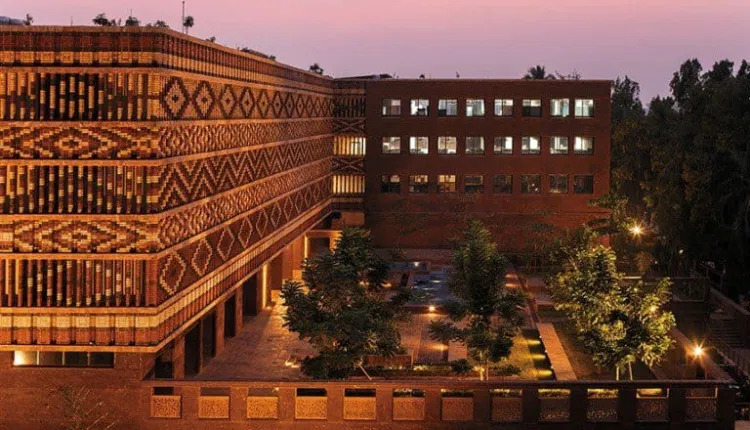Bhubaneswar: The Krushi Bhawan, one of the marvelous architectural edifices of modern day Odisha, has received yet another global recognition featuring in Dezeen, the world’s most influential architecture, interiors and design magazine.
The Krushi Bhwan, which was envisioned by Chief Minister Naveen Patnaik as the office of the Department for Agriculture and Farmers’ Empowerment in the State capital city, has become the India’s first government building to have featured in Dezeen.

Admiring the architectural and interior design of the Krushi Bhawan, the magazine write the brickwork elements that wrap the upper floor create a pattern designed to emulate Odisha Ikat, a traditional dyeing technique from the eponymous Indian state.
Regional materials and techniques feature all over Krushi Bhawan. Its pedestal and part of the north wing are made from laterite and khondalite stone from nearby mines. The khondalite was carved by hand to create lattices around the central courtyard, which has a stone inlay floor that displays a yearly calendar according to the crops. Odisha is the third-largest supplier of grain in India.

Bas reliefs carved into the laterite on the complex’s public plaza illustrate rice paddies in the style of Odisha Pattachitra scroll paintings, a traditional, cloth-based scroll painting. Dhokra, a type of metalwork perfected in India over 4,000 years, appears on screens along the building’s corridors and the light fixtures on columns, it writes.
Earlier this year, the Krushi Bhawan was highly commended at the World Architecture Festival held in Amsterdam. It also won the Supreme Award and awards for public building exterior & interior at Surface Design Awards 2020.

The Krushi Bhawan was built at a cost of Rs 70 crore from the Krushi Karman Award money. Built over an area of 1.3 lakh square feet, the multi-story building has been constructed taking inspiration from Ikat patterns of Odisha handlooms. The bricks used are made from different colors of clay that symbolize the diversity of soils in different regions of the state.


Comments are closed.